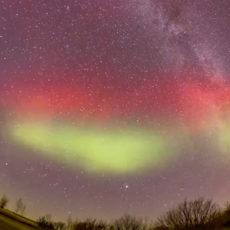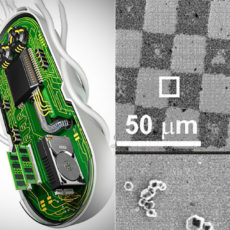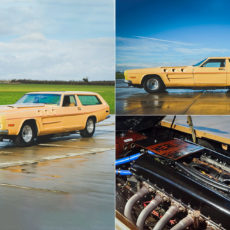
Jupiter’s X-ray aurora flares may still be a mystery, but NASA astronaut Josh Cassada’s latest photograph of an aurora, captured from the International Space Station, is ‘absolutely unreal’. Cassada traveled to the International Space Station as pilot of NASA’s SpaceX Crew-5 mission aboard the SpaceX Crew Dragon spacecraft on October 5, 2022, and has been taking in the sights ever since.
Auroras typically happen when protons / electrons or charged particles / gases in the Earth’s atmosphere collide with each other, resulting in tiny flares of light that decorate the sky with colorful light. Whether if viewed from space or right here on Earth, billions of these tiny flares occur in sequence causing the lights to appear as if they are dancing or moving.
- ADVANCED TECH MEETS ICONIC DESIGN: The NexStar 5SE pairs Celestron’s legendary orange tube with a fully computerized GoTo system—ideal for those...
- 5-INCH SCHMIDT-CASSEGRAIN OPTICS: The 5" aperture gathers enough light to reveal fine lunar details, cloud bands on Jupiter, and deep-sky objects like...
- FULLY AUTOMATED GoTo MOUNT WITH NEXSTAR+ HAND CONTROL: Use the NexStar+ hand control to select from a 40,000+ object database. The computerized mount...
Cassada was selected in June 2013 as one of eight members of the 21st NASA astronaut class. His astronaut candidate training included intensive instruction in International Space Station systems, extravehicular activity, robotics, Russian language training, physiological training, T-38 flight training, and water and wilderness survival training,” said NASA.







